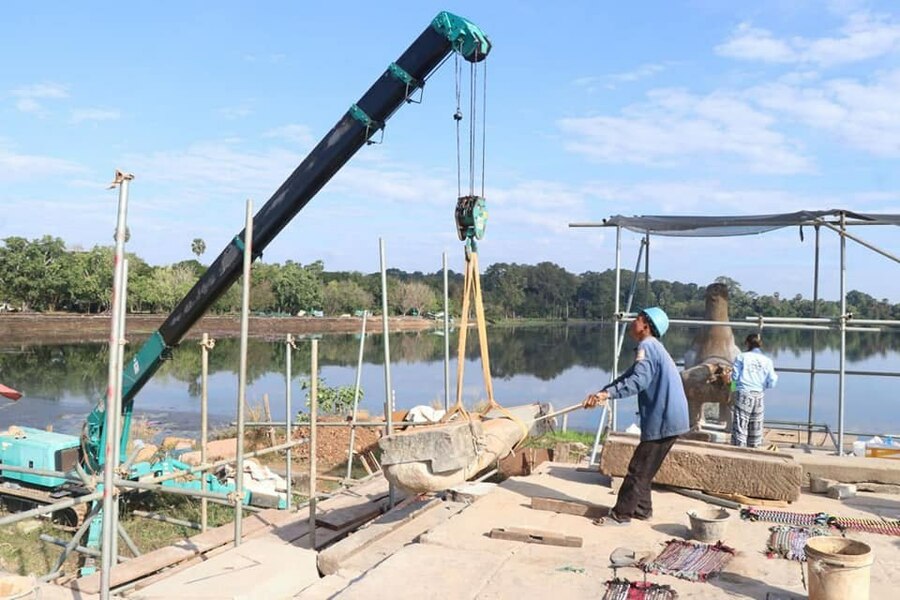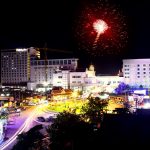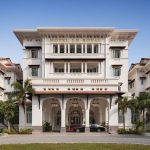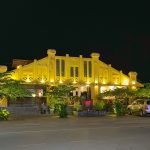Restoration of Angkor Wat Causeway Almost Complete
After many years restoration of Angkor Wat’s famous causeway is almost complete. It has been many years since tourists were able to walk on the original stone causeway, instead using a floating bridge adjacent to the ancient structure.
The APSARA National Authority, in conjunction with Sophia University in Japan, is conducting the second phase of a restoration project to rebuild the causeway in front of Angkor Wat from 2016 to 2023 in order to enhance the value and maintain the original form of this ancient structure in order for it to be strong again, according to a news release issued by the authority this afternoon.
The second part of the Angkor Wat Causeway rehabilitation project is almost 100 metres long, while the first phase, also 100 metres long, was finished, according to Satoru MIWA, a representative of the Asia Sophia Centre and the site’s supervisor. According to the actual scenario, he claimed that roughly 90% of the restoration work had so far been completed; the crew may need at least another year to finish these activities.
Satoru MIWA said, the key obstacles faced throughout the restoration effort were the Covid-19 epidemic, and flooding during the rainy season – especially as the causeway is surrounded by water, – which made the rebuild.
He expressed his joy in helping Cambodia with the repair of the Angkor Wat Causeway and other conservation initiatives. He noted that the APSARA National Authority has put great effort into the preservation and sustainable development of the Angkor site, particularly the building of human resource capacity, which has made it possible for each project to be implemented without the need for outside experts as in the past.
In order to preserve the Angkor site, Sophia University of Japan has been working with the APSARA National Authority since 1989. Some of these activities include training human resources in archaeology and architecture, excavations at Banteay Kdei Temple, heritage education programmes for local residents and students, the creation of the Preah Norodom Sihanouk-Angkor Museum, and more.
Source AKP





